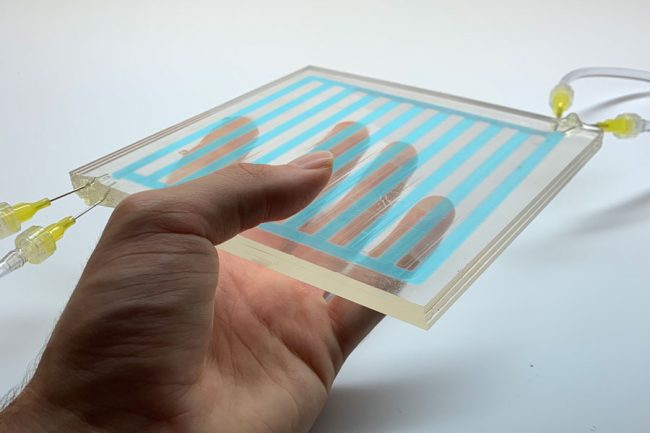Did you know that glass is known to be fully recyclable? But, the US Environmental Protection Agency (EPA) states that just one-third of post-consumer glass gets recycled while rest of it goes to landfill.
RMIT University researchers collaborated with materials technology company Livefield to develop new fire-proof building claddings made out of recycled glass. Researchers foresee that this innovation could help in providing a sustainable circular economy solution for the built environment.
The new cladding is made by using 83% recycled glass, along with plastic binders and fire-retardant additives. Binders help in making the cladding much tougher than previously developed all-glass brittle cladding materials. The cladding has met the key compliance requirement of claddings for non-combustibility (AS1530.1) set by Standards Australia.
The recycled-glass cladding not only helps in reducing the burden of landfills, but it is also inexpensive, water-resistant, and has been trialed for large-scale manufacturing capability.
“By using high amounts of recycled glass in building claddings, while ensuring they meet fire safety and other standards, we are helping to find a solution to the very real waste challenge,” said the lead scientist, RMIT’s Assoc. Prof. Dilan Robert. “Reuse of glass that would otherwise go to landfill will bring environmental, economic and social benefits.”
This study was recently published in the journal Construction and Building Materials.







